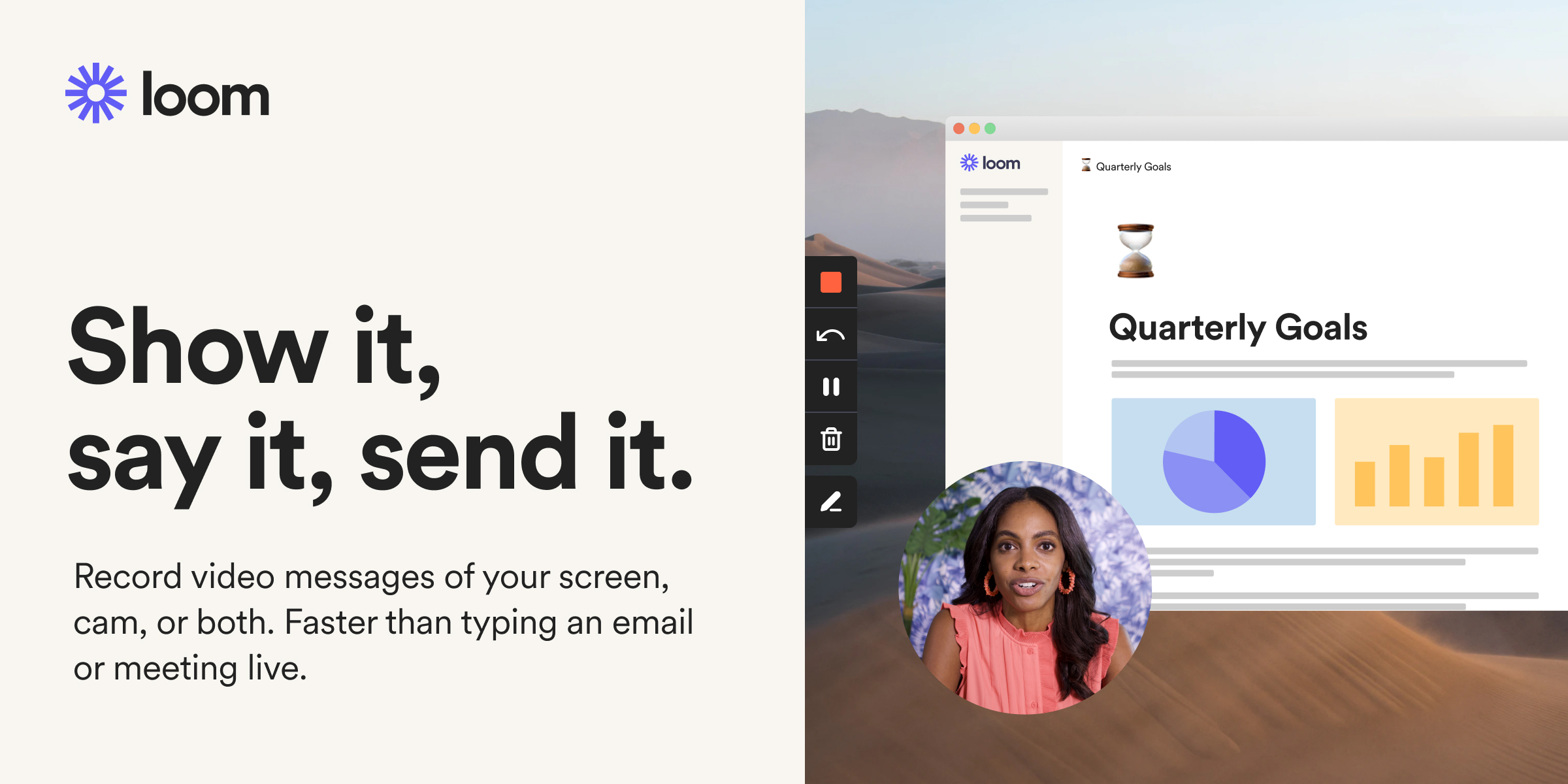- JS Analytics
- Posts
- Why Every Busines Should Centralize Their Data
Why Every Busines Should Centralize Their Data
JS Analytics Newsletter
One of the most common questions I get is: “Why do I need to centralize my data in one place? My existing tools already provide reporting.”
I’ll give you two main reasons:
Reason #1: Increasing visibility into your business
If your tools don’t talk to each other, it’s hard to connect the dots between different parts of your business.
And when you don’t connect the dots, you don’t see the full picture.
Let me give you an example.
In the Ad Performance dashboard below, we can see the connection between marketing or acquisition metrics and downstream operational and financial metrics, such as how much ad spend converted to jobs and revenue:

You might be able to track some of these metrics in the ad platforms themselves, but off-the-shelf tools have limited flexibility and customizability.
For example, you may have noticed the Quality Leads metric in the dashboard. This custom metric represents a subset of total leads generated by our ads, filtered to only those leads who we believe we have a chance of converting. Basically our non-tire-kickers.
How you define a quality lead will vary from company to company. It could be based on:
the responsiveness of the lead during text communications,
their level of urgency for getting your service,
their marketing campaign opt-in settings, or
any number of other criteria
Point is:
The data you need to use for calculating lead quality is probably coming from a different source than your ads themselves, and
visualizing a metric like this requires some level of customization
Having all your data in one place gives you flexibility with your analytics so you can build and see what you truly need to make better business decisions.
Interested in seeing what a live demo of a dashboard looks like? Check out the video below:
Reason #2: Saving time
Ultimately, time is money.
The longer it takes you to form decisions and evaluate the outcomes from those decisions, the longer you’re operating with some inefficiency in your business.
And the more money you’re leaving on the table.
Obviously, checking one platform is faster than checking three. Seeing performance data for all of your ad channels side-by-side is far more efficient than having to log into and pull up each ad platform every time you want to check and compare your numbers.
I know this might seem trivial, but trust me, time savings compound.
The faster you can see the data that really matters, the faster you can make improvements in your business that impact your bottom line.
Coming back to our Ad Performance dashboard, we can quickly see the KPIs we need to evaluate the performance of each of our ad channels side-by-side, and easily compare these KPIs across any time period and at any level of granularity.
At a glance, we can see X is outperforming all other channels by way of ROAS both across the past year and month-over-month:

Interestingly, however, we spent the least amount of money on X:

Okay, it might be worth considering increasing our spend on X. But we want to be strategic about this. Let’s adjust our dashboard filters to get more detailed insights into which specific ads may or may not be working:
We’ll look at only the past quarter so we’re seeing the freshest data (assuming it’s currently January 2025, we’ll filter to Q4 2024)
We’ll break down our metrics by Ad Group rather than Source (aka channel)
We’ll filter to only X as the source

Immediately we can see that the performance of our Break Specials ad group fell off a cliff in December, going from a ROAS of 11.75 in November to 0:

Probably worth further investigating and considering this in our strategy moving forward.
Final Thoughts
When you centralize your data you can create custom dashboards (like our Ad Performance example) that allow you to answer a lot of questions about your business with just a few clicks of a button, ultimately:
Giving you better visibility into your business
Saving you time forming and evaluating decisions
I’ll leave you with two questions:
Do you have this level of visibility into your business?
How long would it have taken you to pull all this data to get this level of visibility?
If you’re unhappy with your answer to either of those questions, grab a time on my calendar here.
Thanks for reading!
Josh
P.S. To learn more about JS Analytics and what we do, check out our website here.
